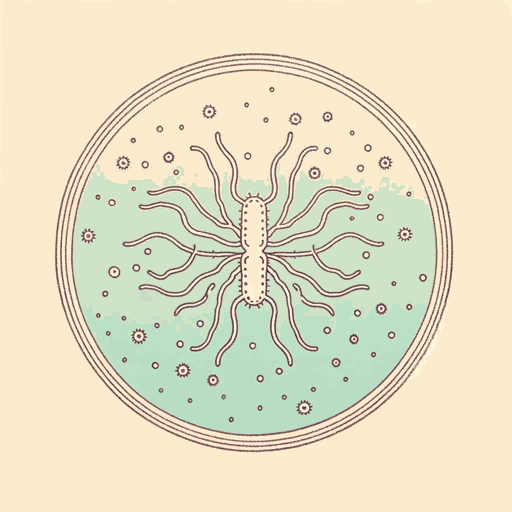69 pages • 2 hours read
W. Somerset MaughamOf Human Bondage
Fiction | Novel | Adult | Published in 1915A modern alternative to SparkNotes and CliffsNotes, SuperSummary offers high-quality Study Guides with detailed chapter summaries and analysis of major themes, characters, and more.
Symbols & Motifs
Philip’s Clubfoot
Philip is born with clubfoot, a congenital condition in which a foot is twisted inward. This disability impacts his ability to run or move quickly, and he has to wear special shoes and walk with a limp. Philip’s clubfoot symbolizes his persistent belief that he is different and alienated from other people and also symbolizes his conflicted relationship with masculinity.
Philip is physically different from many of the people around him, and he internalizes and projects this difference, believing that he is unlovable and incapable of sustaining and forming close bonds. Especially as a child, Philip is often treated differently and sometimes mocked. His disability symbolizes a vicious cycle in which Philip’s defensiveness and insecurity exacerbates the way in which he is treated: He assumes people will be cruel to him and often finds himself proven correct.
Philip’s disability symbolizes how he especially feels excluded from masculine norms at the time: When Philip is growing up, the expectation to participate in athletic activities, and be capable of serving in the military if necessary, are significant markers of masculinity, and he is excluded from these. Philip’s disability also limits his career choices: “[T]here were only four professions for a gentleman, the Army, the Navy, the Law, and the Church […] [for Philip], the first two were out of the question” (136).
Related Titles
By W. Somerset Maugham




